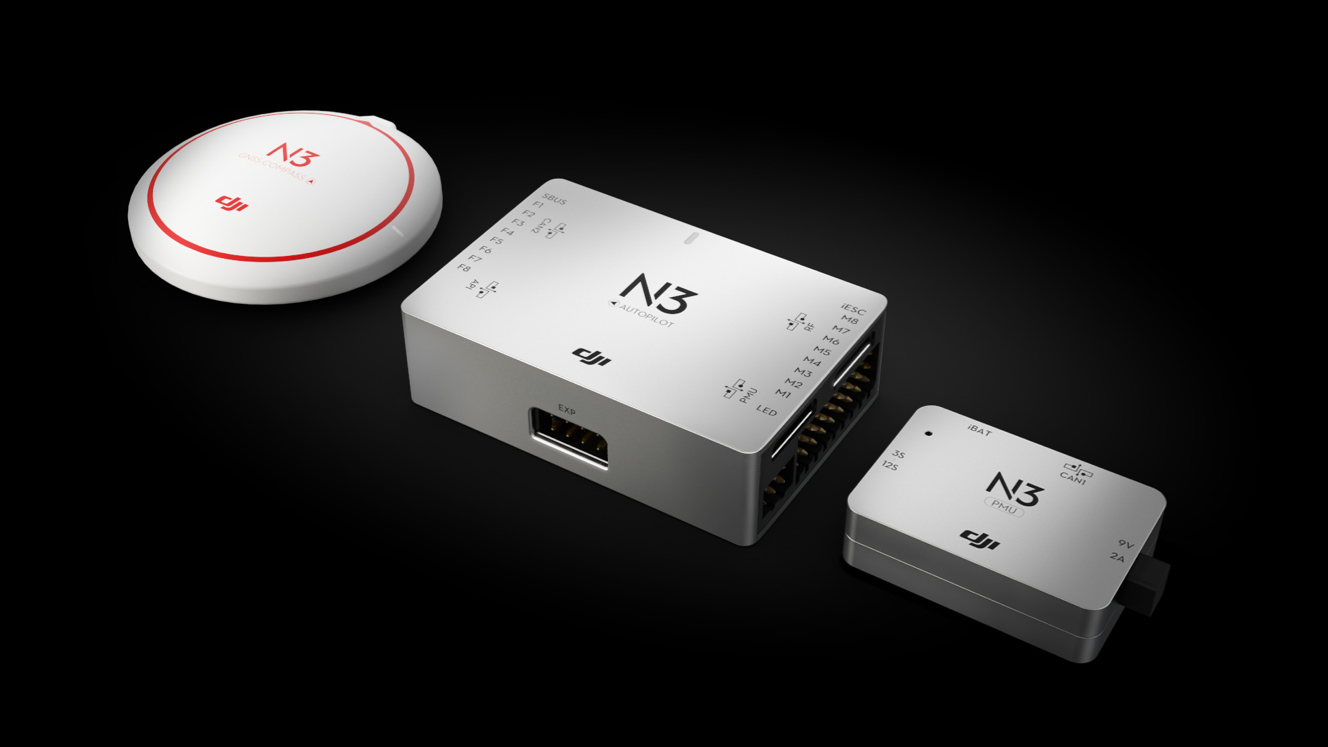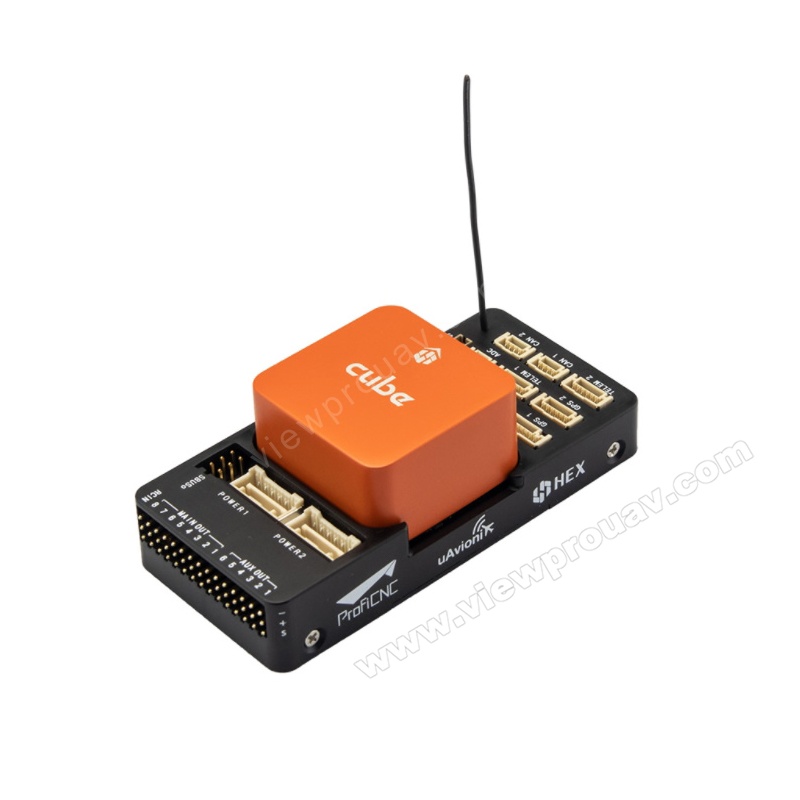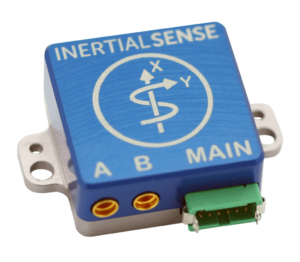SparkNavi Drone Flight Controller and GNSS/INS Made in Taiwan: Cutting-Edge Solutions for UAVs
SparkNavi Drone Flight Controller and GNSS/INS Made in Taiwan: Cutting-Edge Solutions for UAVs
Blog Article
Discovering the Role of Drone Trip Controllers in Enhancing Flight Security and Navigation Performance
The advancement of drone innovation has significantly enhanced the significance of flight controllers, which offer as the mind of these aerial lorries. By integrating real-time data from an array of sensing units, trip controllers improve trip security and navigation performance, ensuring that drones can operate efficiently even in complicated atmospheres.

Understanding Trip Controllers
Trip controllers are important components in the functioning of drones, acting as the brains that manage and support flight procedures. These innovative gadgets procedure information from numerous sensing units, including accelerometers, gyroscopes, and GPS, to ensure that the drone maintains its designated flight course. The flight controller translates this information and executes commands based on pre-defined formulas, making it possible for the drone to reply to ecological modifications, such as wind or challenges.
The main feature of a trip controller is to preserve stability throughout flight. It attains this by making real-time changes to the drone's electric motors and control surfaces, making sure equilibrium and control. Additionally, modern-day flight controllers integrate innovative attributes such as waypoint navigating, permitting automated trip paths and boosted functional efficiency.
Comprehending the design of flight controllers is vital for both professionals and hobbyists. As technology breakthroughs, flight controllers have ended up being a lot more compact and capable, incorporating synthetic knowledge to boost decision-making processes and adjust to intricate flight situations.
Secret Parts of Flight Stability
Achieving optimum flight stability in drones relies upon several key elements that function in concert to make certain regulated and smooth operations. Central to this security is the flight controller itself, which refines data from different sensors to keep the wanted flight attitude. This includes accelerometers and gyroscopes that measure activity and alignment, permitting real-time adjustments to the drone's setting.
Another essential part is the digital rate controllers (ESCs), which control the power provided to the electric motors. By finely tuning motor rates in action to flight controller commands, ESCs assist keep equilibrium and combat disturbances triggered by wind or sudden activities.
Additionally, the style of the drone's framework plays a critical role in trip security. A well-structured structure minimizes vibrations and improves the overall wind resistant profile, adding to smoother trip features. Finally, the integration of sophisticated formulas within the trip controller aids in predictive modifications, making certain a receptive and adaptable flight experience.
Together, these components create a cohesive system that improves a drone's stability, permitting specific maneuvering and boosted efficiency in various flight problems.
Navigation Efficiency Strategies
Performance in navigating is important for enhancing drone procedures, specifically in complex settings. Effective navigation strategies improve the capacity of drones to pass through difficult surfaces and avoid barriers, thereby enhancing operational efficiency and safety and security.
One noticeable strategy is the implementation of advanced general practitioners and inertial dimension systems (IMUs) that give specific place monitoring and orientation information. These technologies allow drones to compute optimal trip paths in real-time, thinking about different aspects such as wind conditions and potential obstacles.
An additional strategy involves using formulas for path preparation and optimization. Algorithms such as A * and Dijkstra's formula can be deployed to identify one of the most effective route while reducing energy intake and flight time. Additionally, integrating artificial intelligence models can allow drones to adaptively discover from their environments, improving navigation capacities through experience.

Influence On Autonomous Drones
The combination of innovative navigating strategies has exceptionally transformed the capabilities of independent drones, enabling them to operate with greater freedom and precision. SparkNavi drone flight controller and GNSS/INS made in taiwan. These improvements are mainly credited to innovative trip controllers that use real-time information processing and sensor fusion, enabling drones to navigate complex environments flawlessly
The effect on self-governing drones expands beyond mere navigation; it includes boosted obstacle evasion, enhanced stability throughout vibrant problems, and enhanced mission dependability. By leveraging algorithms that include maker understanding and expert system, drones can adapt to altering circumstances, making notified choices that optimize their flight paths while minimizing risks.
Moreover, the application of linked here durable trip controllers has facilitated the execution of intricate jobs, such as aerial evaluations, shipment services, and farming tracking, with minimal human intervention. This capability not only streamlines operations but likewise minimizes human mistake, thereby boosting general security.
Because of this, the functional range of independent drones has actually broadened considerably, making them indispensable devices in numerous sectors. Their capacity to carry out efficiently in diverse scenarios emphasizes the crucial role that progressed flight controllers play in forming the future of unmanned airborne systems.
Future Fads in Trip Control
Often, improvements in flight control innovation are poised to redefine the landscape of drone operations in the coming years. Arising patterns suggest a substantial shift in the direction of boosted expert system (AI) integration, enabling trip controllers to refine real-time data a lot more efficiently. This development will help with improved decision-making capabilities, enabling drones to adjust to dynamic ecological problems autonomously.
In addition, the application of machine discovering formulas is anticipated to improve predictive maintenance, consequently minimizing downtime and extending the lifecycle of drone parts. This positive technique to upkeep will be vital as drone applications increase throughout numerous industries, from farming to logistics.

.png)
Finally, advancements in safe and secure communication procedures will certainly deal with security and regulative concerns, making sure that drones can run flawlessly in busy airspaces (SparkNavi drone flight controller and GNSS/INS made in taiwan). Collectively, these trends aim in the direction of a future where trip control systems are not just smarter and more additionally qualified but reliable of running safely in a significantly incorporated airspace
Verdict
In conclusion, drone flight controllers are essential to enhancing flight stability and navigation performance through the sophisticated handling of sensor data. By keeping ideal flight perspectives and using advanced formulas for path optimization and challenge avoidance, these controllers substantially add to the freedom and operational security of drones. As technology remains to progress, even more improvements in trip control systems are prepared for, guaranteeing enhanced performance and increased capacities in the world of unmanned airborne vehicles.
By browse around these guys integrating real-time data from a variety of sensors, flight controllers enhance flight security and navigating performance, guaranteeing that drones can operate smoothly even in complicated atmospheres.Flight controllers are integral elements in the performance of drones, offering as the minds that take care of and support trip procedures. In addition, modern flight controllers incorporate sophisticated attributes such as waypoint navigating, enabling for automated flight courses and enhanced operational effectiveness.
Central to this stability is the flight controller itself, which processes data from various sensors to preserve the wanted flight attitude.In conclusion, drone flight controllers are integral to boosting trip security and navigation effectiveness through the advanced processing of sensing unit data.
Report this page